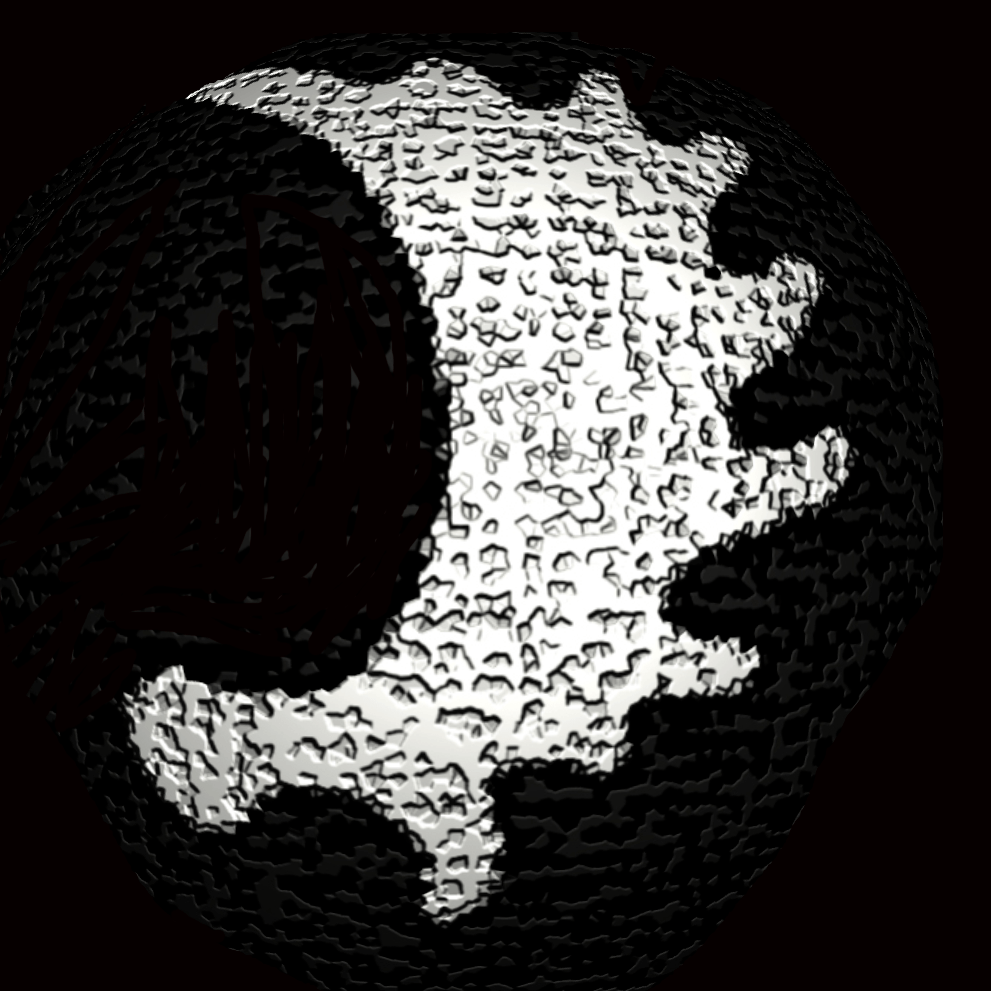In February 1906, the Silver Wedding Anniversary of the German Emperor and Empress was turned into a double wedding celebration when they gave their second son, Prince Eitel, permission to be married on the same day.

Their son’s bride, the Duchess Sophie-Charlotte, was the daughter of the Grand Duke and Grand Duchess of Oldenburg. Only one day earlier, Sophie had arrived at the Brandenburg Gate and entered Berlin in the family’s royal carriage drawn by eight horses and accompanied by her grandmother, Princess Friedrich, as her mother had died a decade earlier. A cavalry of trumpeters led the royal carriage as it made its way past crowds, who had taken every vantage point along the tree-lined Unter den Linden, to the royal palace where a 72 gun salute welcomed the next member of the imperial family.

The Empress then placed a crown, made of green velvet and diamonds, along with a wreath of fresh myrtle upon the head of the bride. As the rings were exchanged a 36 gun salute boomed out over Berlin and the bells of the royal chapel similarly rang out: Sophie was now a wife, a Princess of Prussia and a member of the imperial family.
The Silver Anniversary couple, Kaiser Wilhelm II and Augusta Victoria, had their marriage commemorated in several ways, one of which is the card that is pictured above. The royal couple was married on February 27th 1881 and they would remain married for forty years, until her death in 1921. In a period of ten years, between 1882 and 1892, Augusta Victoria bore Wilhelm seven children, six sons and a daughter.
After the wedding ceremony everyone took their place in the palace’s White Hall in readiness for this ten course imperial wedding banquet. The menu, trimmed and highlighted with gold-leaf, was especially designed by the royal lithographer for the double wedding celebration. The intertwined letters of W, A and V represented the Emperor Wilhelm and the Empress Augusta-Viktoria. The years 1881 and 1906 celebrated their 25 years of marriage. Beneath the imperial crown appeared the royal crown of Prussia which sits atop the royal arms of Prussia and Oldenburg from the family houses of Prince Eitel and his new wife Princess Sophie.

This is a translation of the Royal Menu:
Prinzessinnensuppe
Chicken consommé garnished with sautéed asparagus tips,
chervil leaves and chicken quenelles (dumplings)
Gedämpfte Steinbutten
Fillets of Turbot steamed in milk, arranged with crayfish tails and coated with a truffle sauce.
Lammrücken auf Ungarische Art
Shoulder of lamb garnished with cauliflower florets that have been coated in a paprika flavoured Mornay Sauce which are then arranged in fried duchess potato cases made from puréed potato mixed with egg yolks.
Auflauf nach Richelieu
Turned-out ramekins consisting of a mixture of chicken forcemeat and ‘salpicon a la rein’ made from diced chicken breast, mushrooms and truffles bound in a white sauce. The dish in then decorated with sliced truffles and coated in a Perigueux sauce made from Madeira and truffles.
Parfait von Gänseleber
Foie Gras mousse made from puréed force-fed goose livers, cream, aspic jelly and chicken velouté sauce. The dish is served as a free-standing dome with the mousse encased in aspic-jelly that has been set with decorations of sliced truffles, shaped slivers of egg-white and tarragon leaves.
Fasanan, Fruchte, Salat
Roast pheasant served in full plumage with poached fruits and salad.
Artischockenböden Gebackene
Fried artichoke bottoms
Sizillianische Bombe
A dome shaped dessert consisting of Genoa cake soaked in Curacao covered with ricotta cheese, flaked chocolate, crystallised fruits and sugar syrup which is then encased in a layer of chocolate.
Käsestangen
Cheese Straws
Nachtisch
Dessert


Explore images on brand new products at my stores


